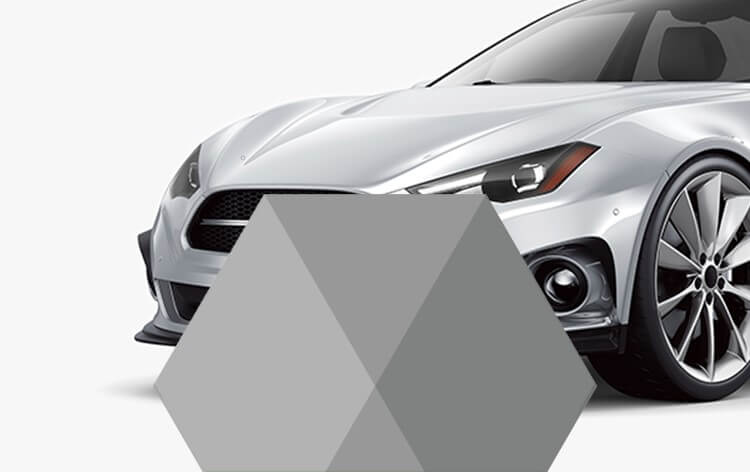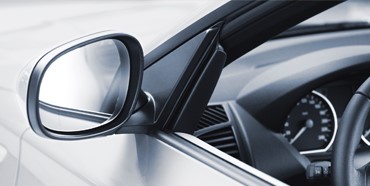EVERLON® is a kind of SEBS base TPE, which the middle of it is the Ethylene Butylene rubber and the end of it is the Polystyrene. Through the hydrogenation reaction, it enhance the weatherability and stability of heat-resistant ability.
Thermoplastic Vulcanizates (TPVs)based on EPDM. Applications:Antena, Exhaust duct, Window seal, Fender.
Modern vehicle design trends are to reduce weight and sustainability. Ever Polymer developed TPE materials specifically to reach the top requirement for the interior, exterior, and under the hood applications. EVERAuto portfolios owned advantages on customizing unique specification swiftly for fitting high requirements on performance improvement, such as tactile, scratch resistant on surface and weathering issue.
TPE / TPV Typical Automotive Applications
Interiors:
-
Floor mats
-
Cup holders
-
Thumb wheels
-
Door & armrest parts
-
Buffering impact and damping elements
-
Gearshifts
Exteriors:
-
Window sealing system
-
Dust cover
-
Antenna & gasket
-
Water deflectors
-
Covers for A/B/C pillars
-
Side steps
Under the Hood:
-
Mounting elements
-
Air duct components
-
Vibration control elements
-
Battery seals
EVERAuto Features for Automotive
-
Easy processing by injection and extrusion molding with high flowability
-
Excellent surface quality and soft-touch properties.
-
Low odor and emission.
-
Long term weathering and UV resistance
-
Adhesion to various thermoplastics, such as PP, ASA, PC, PMMA etc.
-
High temperature resistance and flexibility even at low temperatures.
-
Excellent sealing with sound and vibration damping properties.
-
Recyclable in production.
Read More Success Stories :
TPE Compound for High Performance Automotive Weatherstrip?
Leading Advancements in Dust Cover & Bellow Applications for the Automotive Market
TPE for Windscreen Protector (Seal) - Unleashing the Power of Unparalleled Advantages
Revolutionizing Automotive Interior Excellence: Advanced TPE Solutions for Console Seals
Optimizing Automotive Back Door Cushion Seal for Enhanced Performance and Durability: A TPE Engineering Approach




